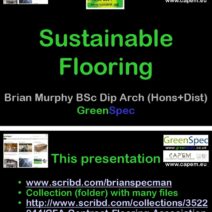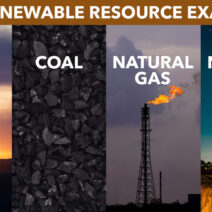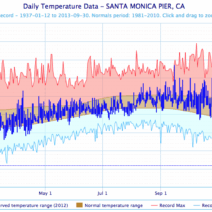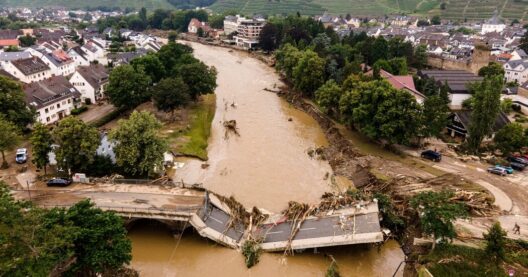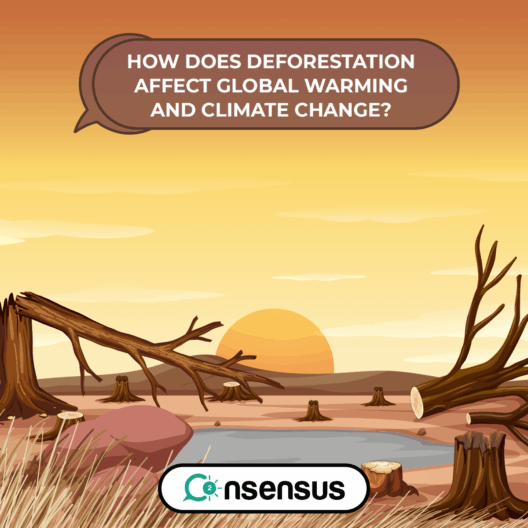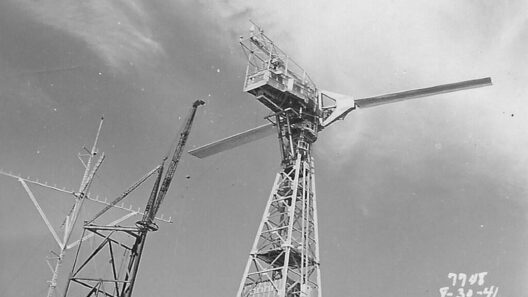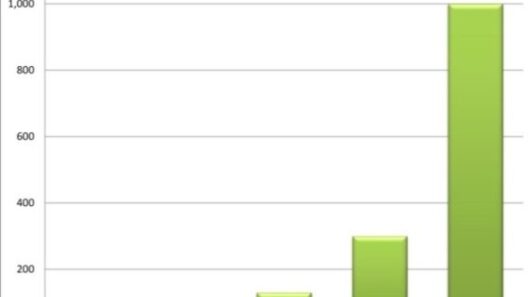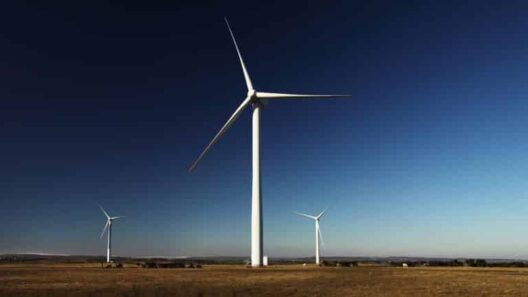Wind energy has gained considerable traction in recent years as a sustainable alternative to fossil fuels. As the urgency to combat climate change and reduce carbon emissions intensifies, understanding how wind energy is harnessed to generate electricity is essential. This article provides an extensive guide to the mechanics behind wind power, taking readers through the intricate processes involved in converting kinetic energy from wind into usable electrical power.
Wind energy is derived from the natural movement of air, a resource that is abundant and inexhaustible. Wind turbines are the primary technology employed to capture and convert this energy. But how does it all work? Let’s delve into the components of wind energy production.
Understanding the Anatomy of a Wind Turbine
At first glance, wind turbines may seem simply like towering structures with large blades. However, each component plays a crucial role in the power generation process. Here, we break down the essential parts of a wind turbine:
Blades: The most recognizable feature of a wind turbine, blades are designed to harness wind’s kinetic energy. Generally, modern turbines exhibit three streamlined blades, optimized for aerodynamic efficiency. As wind flows over and under the blades, it causes them to rotate.
Nacelle: Sitting atop the tower, this casing encloses the turbine’s mechanical components. Inside the nacelle, you’ll find the gearbox, which converts the slow rotational energy of the blades into higher-speed energy suitable for electrical generation. The generator is also housed here, where the conversion from mechanical energy to electrical energy occurs.
Tower: The towering structure that supports the nacelle is typically constructed from steel or reinforced concrete. By elevating the turbine above the ground, the tower ensures that it accesses higher wind speeds, which enhances overall energy production.
Control Systems: Modern wind turbines are equipped with sophisticated control systems that monitor wind conditions and adjust the turbine’s position for optimal energy capture. These systems can change the blade angle (pitch control) or rotate the entire turbine (yaw control) to align with wind direction.
Electromagnetic Induction: The Heart of Electricity Generation
Once the blades are set in motion, the mechanics of electricity generation commence. This process relies on the principle of electromagnetic induction. Here’s how it unfolds:
The rotation of turbine blades turns the shaft connected to the gearbox. The gearbox amplifies this rotational speed and transfers the energy to the generator. The generator typically contains a rotor and stator. The rotor spins within a magnetic field, inducing an electrical current in the stator coils. This relationship between magnetism and motion is fundamental to the entire process of electricity generation.
From Mechanical Power to Electrical Power
Once electrical energy is produced in the generator, it undergoes several processes to ensure it is compatible with the grid and usable by consumers:
Inverters: The raw electricity generated by the turbine is usually in direct current (DC) form. Inverters convert it into alternating current (AC), which is the standard form of electricity used in households and businesses. This conversion is critical to facilitate seamless integration into the power grid.
Transformers: After being converted to AC, the electricity often needs to be transformed to a higher voltage to minimize transmission losses over long distances. Transformers play the critical role of stepping up the voltage, enabling the electricity to travel efficiently from wind farms to urban centers.
Grid Connection: Once appropriately transformed, the electricity can then be fed into the power grid. This integration allows consumers to access wind-generated electricity seamlessly. Unlike conventional energy sources, wind energy’s integration with the grid is relatively smooth, thanks to advancements in technology and smart grid systems.
Mitigating Buyer Concerns: Reliability and Efficiency of Wind Energy
For potential investors and consumers contemplating wind energy solutions, certain concerns often arise, primarily revolving around reliability and efficiency. It is essential to address these apprehensions:
Intermittency: One of the foremost considerations in wind energy is its intermittent nature. Unlike fossil fuels, wind is not a constant source of power. However, with advancements in energy storage and diversified energy sources, wind energy’s reliability has significantly improved. Energy storage systems, such as batteries, can retain electricity for use during calm periods. Furthermore, a diversified portfolio of renewable sources, including solar and hydro, can stabilize energy supply.
Site Selection: The efficiency of wind energy is heavily influenced by the location of wind farms. Regions with consistent and robust wind patterns maximize energy generation potentials. Conducting detailed assessments of wind patterns and environmental impacts is crucial before establishing a wind farm.
Technological Advancements: Continuous innovation in turbine design and materials has led to increased efficiency in wind energy production. Larger and more efficient turbines capable of harnessing lower wind speeds are being developed, ensuring that wind energy remains competitive with other energy sources.
Conclusion: Embracing the Future of Energy
Wind energy represents a pivotal shift in how we generate electricity, contributing significantly to the global energy landscape. By harnessing the power of wind through advanced technologies, we can address pressing environmental challenges while ensuring a sustainable and reliable energy future. Transitioning towards renewable energy sources like wind is not just a choice; it is a necessity for protecting our planet and securing energy for generations to come.
